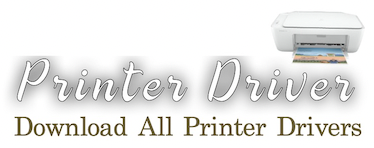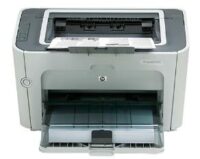With the HP Universal Print Driver (UPD), you can bring a range of printer models into a standard system. This ensures more efficiency and reduces the need to download or manage different drivers.
The UPD’s real-time job and device information empower users to resolve common problems themselves, reducing help desk calls and improving printer uptime. You can even make your printing environment more secure with print job encryption.
Easy to install:
A universal driver can help you streamline the installation process, making it easy for users to get start. It also makes it easier for IT managers to manage all printers through a single driver.
Moreover, it can also save you money by reducing IT support costs, as well as hard drive space by using a single driver across different printers. Lastly, it can enable you to implement sustainability policies more effectively.
The HP Universal Print Driver is available for most HP LaserJet and other printing devices, including many non-HP models. It supports a wide range of operating systems and languages.
Its intuitive, graphical interface gives you a familiar printing experience, so you don’t need to learn how to configure the driver every time. It also gives you real-time job and device information, which is useful to resolve common issues.
Easy to manage:
Whether you are in the office or on the go, HP Universal Print Driver gives you access to all of your printers from one driver.
You can choose to install it in the traditional mode, which behaves like a normal printer driver, or dynamic mode for mobile printing.
When installed in dynamic mode, the UPD discovers devices based on SNMP (Simple Network Management Protocol) requests. It then uses enterprise auto-configuration (EAC) to ascertain a device’s settings and capabilities.
Then, it updates the Microsoft core driver to accurately reflect that information. This ensures that the user interface for the driver always updates with device-specific information.
In traditional mode, the UPD behaves like a standard printer driver with bi-directional communications for device queries and real-time print job status.
This allows users to manually update device information, or use the automatic discovery feature to configure a device before printing.
Easy to maintain:
A universal print driver enables printers of different ages and models to work together under a single standardized solution, removing the need to install or manage individual drivers.
This means that only one driver (or a maximum of two if PCL and PostScript require different versions) needs to be installed, tested, and updated. Which dramatically reduces IT administration costs. It also allows IT managers to implement printing policies in a more efficient manner.
It can also help improve sustainability and reduce paper use. For example, it can keep track of the toner supply levels and provide links for reordering consumables.
HP UPD uses SNMP to get commands to communicate directly with the device, allowing bi-directional communications for device queries and real-time print job status. This can be configured in dynamic mode, or by selecting traditional mode during driver installation.
Easy to deploy:
The HP Universal Print Driver (UPD) enables users to use a variety of HP print devices in the office or on the go without downloading separate drivers for every utilized printer.
It supports a broad range of networked and direct-connected HP printers using PCL 5, PCL 6, or Postscript emulation and supports current Windows client and server operating systems. as well as Novell and Citrix local language drivers.
In dynamic mode, HP UPD identifies new devices by sending bi-directional SNMP requests to ascertain the device’s capabilities and configure it accordingly. These device-specific updates are then reflected in the normal print driver user interface.
Traditional mode, on the other hand, behaves as a standard print driver with the addition of bi-directional communications for device queries and real time print job status.
This mode is available during driver installation or on the universal printing dialog box that enables users to enter a device IP address, search for local print devices, or choose a recently used printer.

